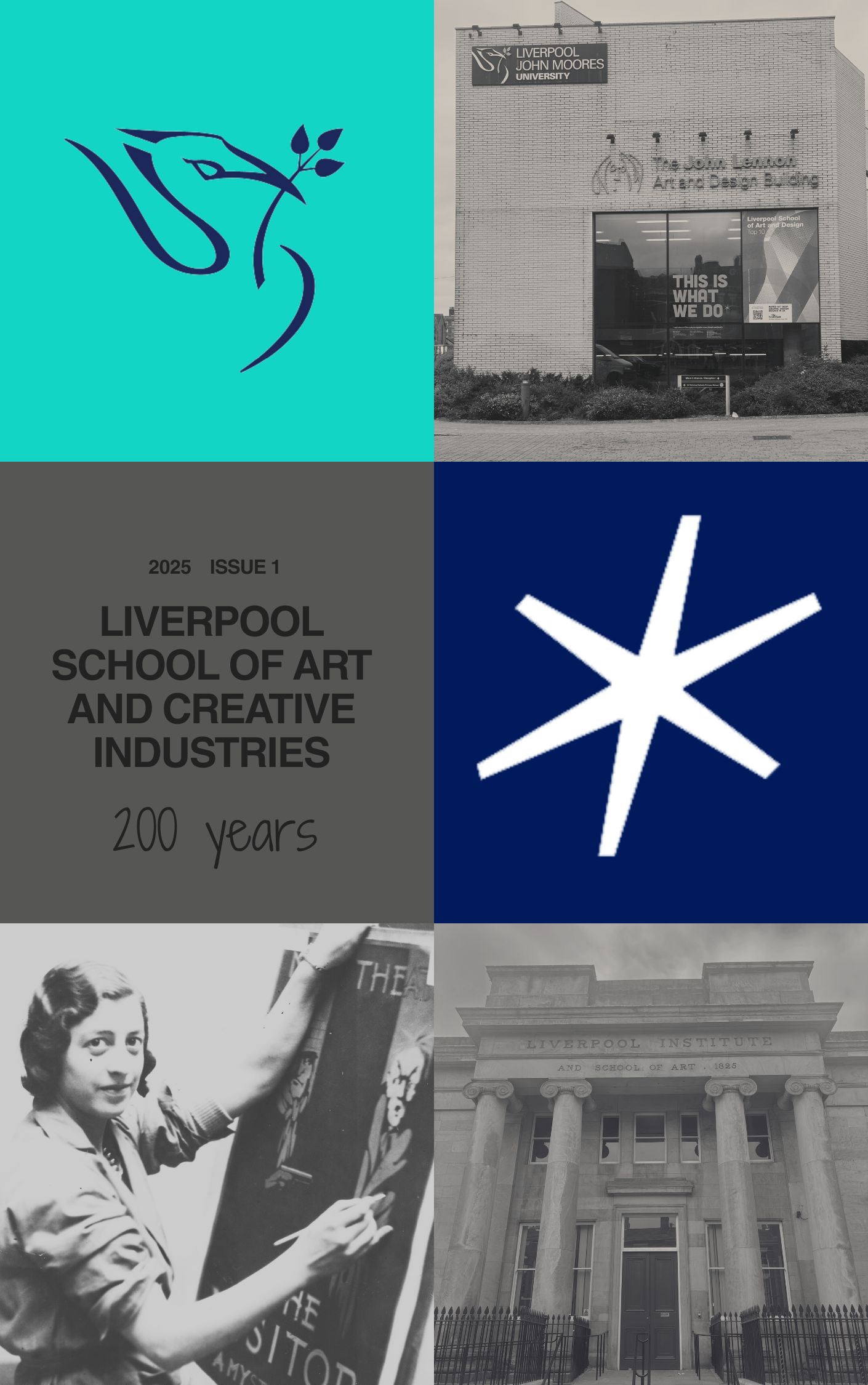Strandbeests: challenging perceptions of sentience.
DOI:
https://doi.org/10.24377/LSACI.article3140Abstract
Within the scope of contemporary art, few pieces evoke philosophical debate like Theo Jansen’s Strandbeests (Dutch for ‘beach animals’). These ever-evolving kinetic sculptures not only blur the lines between life and art, but also push us to consider the nature of sentience itself. As defined by the Oxford English Dictionary, a sentient being is ‘capable of feeling; having the power or function of sensation, or of perception by the senses.’ (Oxford English Dictionary, 2023). Ergo, sentience is characterised by the possession of sensory organs which respond to external stimuli, allowing for perception and responsiveness. Theo Jansen’s skeletal, wind-powered creations certainly present us with an uncanny sense of sentience as they traipse the beaches of Holland. Whilst initially unassuming, these aesthetically simplistic creatures formed of simple materials push the boundaries of artistic expression. They exemplify the concept of artificial life, an interdisciplinary field of research which explores the potential for human creativity to produce new forms of sentience. Bringing together scholars in mathematics, philosophy, and engineering, the study of artificial life ‘aims to understand biological life better by creating systems with life-like properties and developing novel forms of life.’ (Aguilar, et al., 2014). Themes of sentience and artificial life are also evident in the works Can’t Help Myself by Sun Yuan and Peng Yu, In Love With The World by Anicka Yi, and Kim Rose’s NFT titled Orphic. Such pieces, alongside Jansen’s Strandbeests, invite viewers to challenge their assumptions about what it means to be alive and what constitutes art.
Downloads
Published
Issue
Section
License
Copyright (c) 2025 Hannah Peacey

This work is licensed under a Creative Commons Attribution 4.0 International License.
The copyright of content is retained by the author(s). Please check the specific licence for this item. The majority of the content in this journal is published under a Creative Commons Attribution Licence. Artworks are published under a Creative Commons Attribution-NonCommercial-NoDerivatives 4.0 International Licence. These licences allow others to read, download, copy, distribute, print, search, or link to the full text of works in this journal, or to use them for any other lawful purpose in accordance with the licence.
This journal provides immediate open access to its content and has no submission or publication fees.


